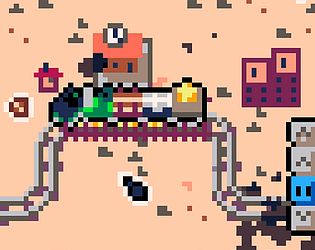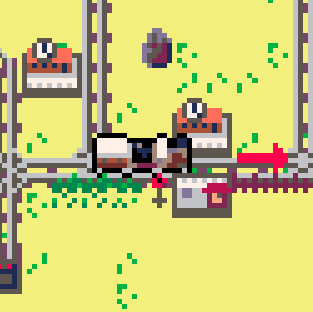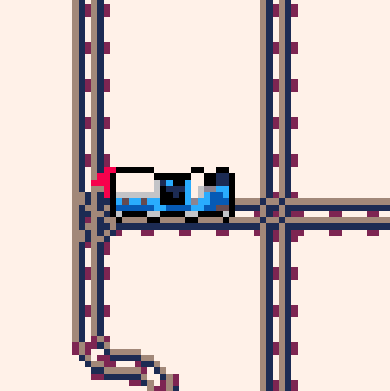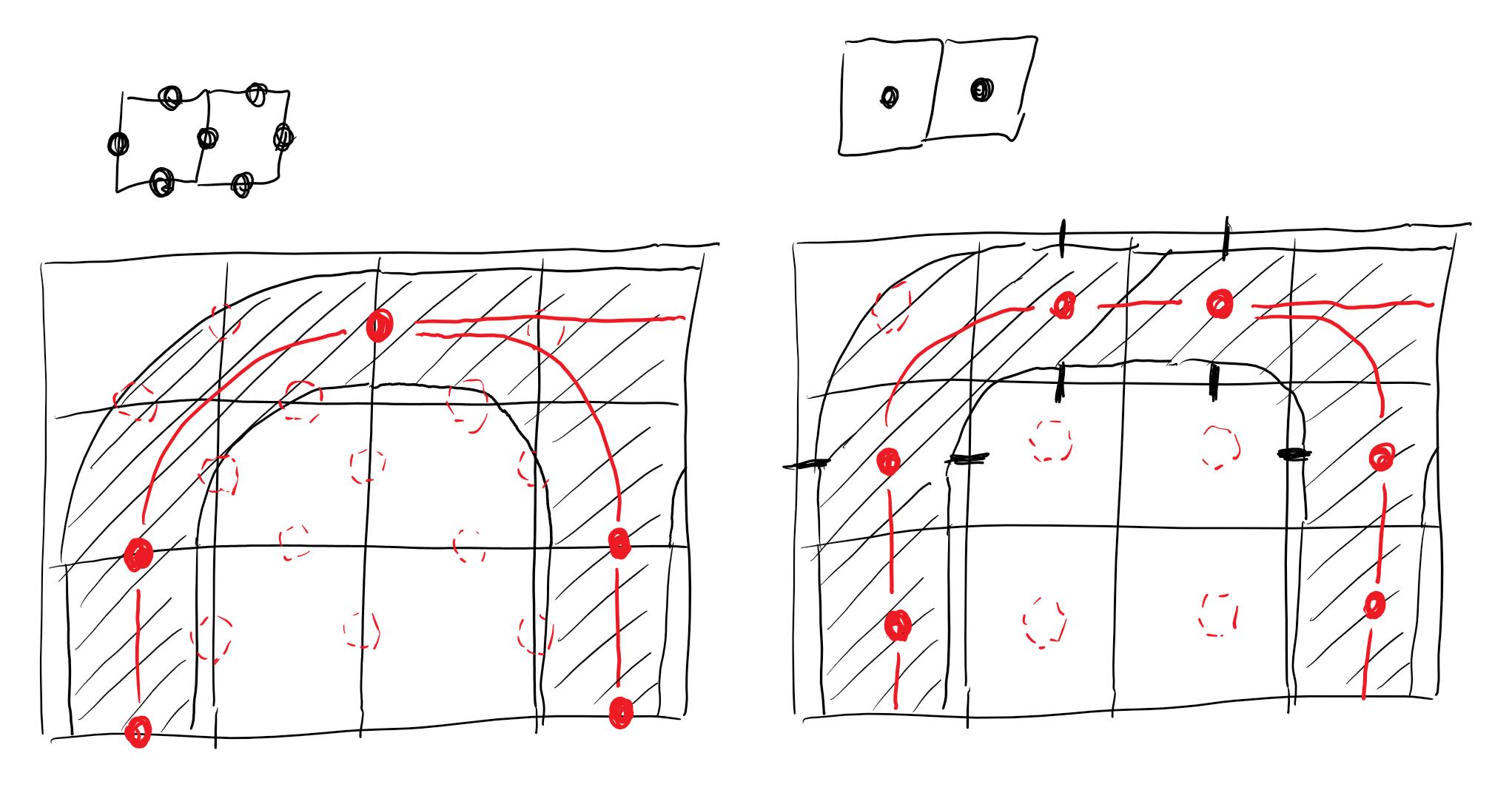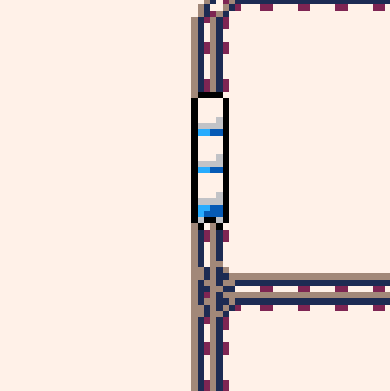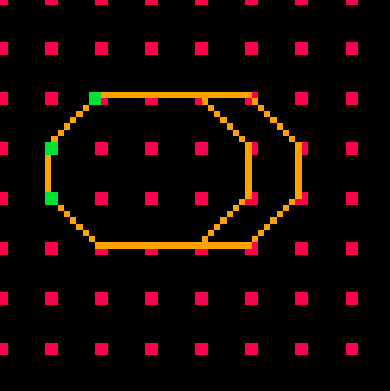Thank you for your feedback, really means a lot to me.
I really started to run out of time so there was no time left to implement different control schemes although that was definitely on my to-do list. Had a lot of ideas for this game which unfortunately had to be dropped because I had to commit a lot of time to bug fixing and smaller things but that's just how it is in a game jam. The camera view definitely was something I struggled with: Originally all my graphics were done in ~8x8 but I just had to rework them in 6x6 after some playtesting, but didn't want to go even smaller because I literally would have ended up with pixel blobs only. Don't know when I continue to develop the game in the future because I want to dedicate my time to other projects first, but I still have something on my mind for that game, heh!
Also: I don't know anything about music at all, I just "randomly" cobble things together in Bosca Ceoil until it starts to sound less terrible. Personally I think that the music would be a much better fit for a shooter game but that's just my personal opinion.


